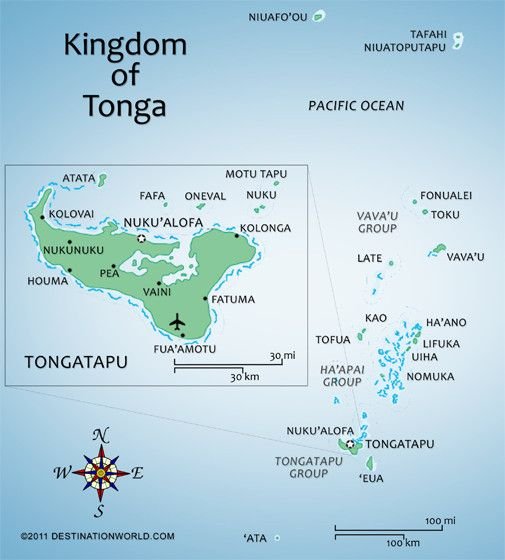Swimming with whales in Tonga (Éua, Kiko’s Whale Swimming)
Circa 7 - 14 September 2019Sometimes I can’t really believe I made this trip happen. A group of 5 friends and I got out of the group chat and managed to tick off one of my top bucket list moments - swimming with humpback whales in Tonga.
Where: ‘Eua, Tonga
You’ll see many of the popular articles on swimming with whales in Tonga direct people to Vava’u because it has better visibility and is more tourist-friendly.
We chose ‘Eua (“a-wah”) because it was a little more off the beaten path and even though there are less options for accomodation and operators, it meant we could go with a local tour guide. Plus, ‘Eua is the main pathway for the whale migration which means even more chances of seeing the whales.
If you decide to go to another island, make sure you check out Tonga Tourism’s guide for whale swimming operators.
Who: Kiko’s
We went with Kiko’s Whale Swimming on ‘Eua island (aka the local whale whisperer). When we went, Kiko’s was relatively new and there was no fancy booking portal - it was a simple website and Facebook page, a few quick emails, then we were locked in to go and hoping it was all going to work out. It did!
We stayed in the guesthouse which has now been renovated. Truthfully, it’s pretty basic but it is comfortable, clean and safe. By the time you go to sleep anyway, you’re pooped after a full day out on the water or exploring the island and it’s the perfect place to dream about the next day.
Kiko has been running tours for longer than whale swimming licenses have been a business and he knows exactly where to find the whales and how to approach them to make sure they (and you) feel safe.
Staying at the guesthouse also means your food is taken care of and the meals were basic but tasty. On the last day of whale swims. we caught a fresh fish and made the most delicious ceviche from it.
Sunday’s in Tonga are a day of rest though, so make sure you pre-order some food from the guesthouse kitchen otherwise you’ll have a hard time finding food on the streets.
Kiko’s son Nua preparing the boat for a busy day. Source: The Katie Show
What:
I don’t really have the words to describe what this experience was like. I do have a photo diary but it doesn’t even come close to the feeling anticipation about whether or not you’ll see a whale that day, whether it will want to play with you or whether it will be annoyed by the intrusion on its mission, the sheer size and humility that comes with recognising you are very literally a small fish in a very big pond, the vibration of the water when a whale flicks its tail to carry on its path or the vibration in your heart when you hear them sing like they’re whispering in your ear.
On day 3, we had a calf play with us in the morning. It watched us with curiousity while its mum watched with hesitation, waiting and ready for any nonsense that might mean harm would befall her baby. We tried to keep our distance from this baby but it was like a large dog that hasn’t realised its true size and would keep swimming up to us, nearly slapping us with its pectoral fin while it rotated to get a better look at us all. At one point, I rolled horizontally in the water and straightened myself up just to see the baby mimic me and do its own roll. We were lucky enough that later the same day, we found the same mother and baby and played for another 20 minutes, the longest swim of all the days.
On day 4, we had a heat run. 6 or 7 large males were racing and circling the water trying to their luck with the one female that we spotted for the day. If you have ever thought whales don’t move quickly, witnessing a heat run will surely prove you wrong. I once read it perfectly described as “watching a dinosaur battle”, something pretty special to witness.
Make sure you have a GoPro or an underwater camera, a drink bottle, some reef shoes for the boat and some sea sickness tablets because you might be stationary at sea for periods.
How:
Fly from Tongatapu: you can catch one of the world’s shortest flights (7 mins) which runs 4 times a day from Monday - Saturday.
Ferry from Tongatapu: You can take 2 hour ferry from Taufa’ahau Tupou IV Domestic Wharf in Nuku’alofa. The three ferry opertors are ‘Eua Sea Transportation Council (ESTC), Tofa Ramsay Shipping and Malau Shipping Co. and they will take you to Nafanua Wharf in ‘Eua.
When:
The best time to be in Tonga for the whale migration is between June to November. Some islands are better in certain months:
Tongatapu: mid-June to the end of October
‘Eua: early June to early November
Ha’apai: mid-July to mid-October
Vava’u: mid-July to mid-October.



